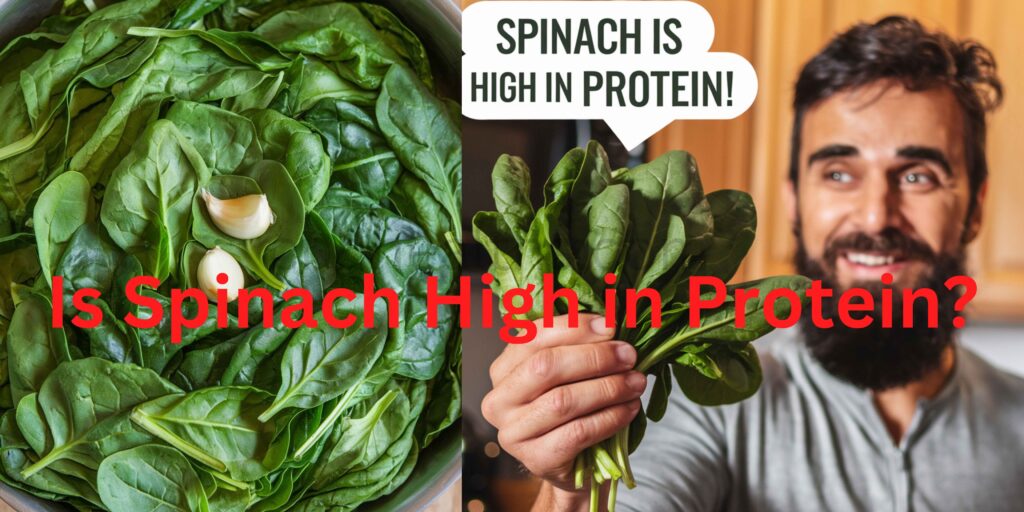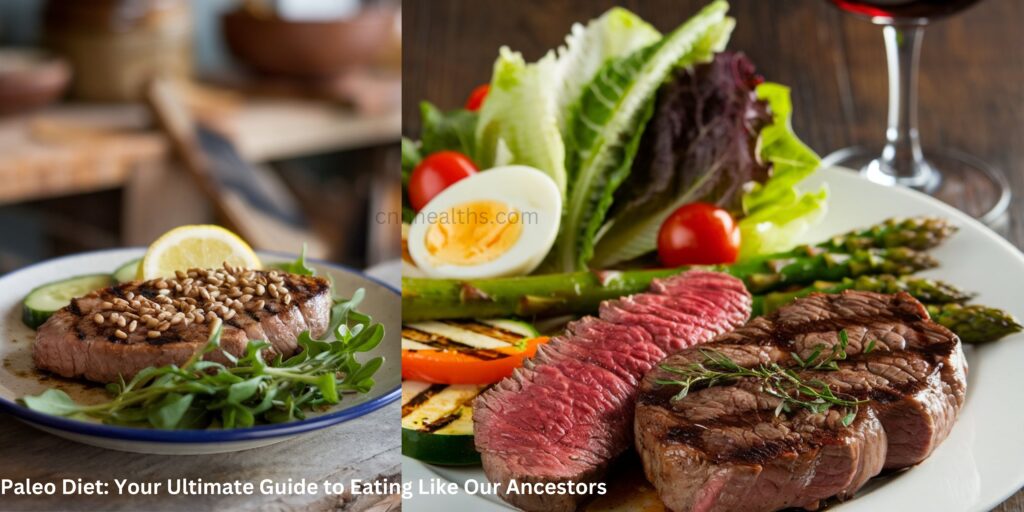Is Spinach High in Protein? A Nutritional Deep Dive
Intro
When it comes to leafy greens, spinach often takes the spotlight for its numerous health benefits. But one question that frequently arises is, “Is spinach high in protein?” ” While spinach may not be a protein powerhouse compared to meat or (peas, beans, lentils, etc.), it does offer a respectable amount for a vegetable. This vibrant green is packed with essential vitamins, minerals, and antioxidants, making it a valuable addition to any diet. Incorporating spinach into your meals can help you boost your protein intake while also enjoying a wealth of nutrients. Whether you toss it in a salad, blend it into a smoothie, or sauté it as a side dish, spinach is versatile and delicious. Join us as we dive deeper into the nutritional profile of spinach and explore how this superfood can play a role in your protein needs and overall wellness.

Understanding Spinach’s Nutritional Profile
When examining the nutritional profile of spinach, it’s easy to see why this leafy green is hailed as a superfood. A single cup of raw spinach contains about 0.7 grams of protein. While this might not seem like much, spinach excels in other areas, offering an impressive array of vitamins and minerals. For instance, it’s rich in vitamins A, C, and K, along with folate, iron, and calcium. Spinach is also loaded with antioxidants, which help combat oxidative stress and inflammation in the body. Although the answer to “Is spinach high in protein?” ” leans towards no, its protein content can still add/give to your daily needs, especially when combined with other protein sources. Plus, the low calorie and high fiber content of spinach make it an excellent choice for those looking to maintain a balanced diet. Whether you’re aiming to boost your iron intake or benefit from its myriad of other nutrients, spinach is a versatile and nutritious addition to your meals.
Comparing Spinach to Other Protein Sources
When comparing spinach to other protein sources, it’s clear that this leafy green is not the highest contender in the protein category. For example, a single cup of cooked lentils contains about 18 grams of protein, while a similar serving of chicken breast boasts around 43 grams. On the other hand, a cup of raw spinach provides just 0.7 grams of protein. While the question “Is spinach high in protein?” leads us to acknowledge its lower protein content, it’s important to remember that spinach excels in other nutritional areas.
For those looking to maximize their protein intake, combining spinach with higher-protein foods like eggs, tofu, or quinoa can create a balanced and nutritious meal. Even though spinach doesn’t pack the protein punch of meat or legumes, its addition to dishes can help round out the nutritional profile, contributing valuable vitamins, minerals, and antioxidants. So while spinach alone might not satisfy your protein needs, it plays an important role in a diverse and healthful diet.
How Much Protein Is in a Serving of Spinach?
When evaluating how much protein is in a serving of spinach, it’s essential to consider the serving size. A single cup of raw spinach contains about 0.7 grams of protein, while a cup of cooked spinach offers slightly more, around 5 grams, due to the reduced volume after cooking. Although these numbers may seem modest compared to more traditional protein sources, spinach’s protein content can still be a valuable part of your overall diet. Additionally, spinach is packed with a range of other nutrients that contribute to its superfood status. If you find yourself asking, “Is spinach high in protein?” it’s worth noting that while it’s not the most protein-dense food, it can complement other protein-rich ingredients. For instance, incorporating spinach into a protein smoothie, a quinoa salad, or an omelet can help you enjoy its nutritional benefits while meeting your protein needs. The versatility of spinach allows you to creatively enhance your meals without compromising on flavor or nutrition.
Combining Spinach with Other Protein-Rich Foods
Combining spinach with other protein-rich foods is an excellent strategy to boost your overall protein intake while enjoying a flavorful and nutrient-dense meal. One of the easiest ways to do this is by adding spinach to your morning omelet. The eggs provide a solid protein base, and the spinach adds extra vitamins and minerals. Another tasty option is to mix spinach into a quinoa salad. Quinoa is a complete protein, meaning it contains all nine essential amino acids, making it a perfect partner for spinach. You can also blend spinach into a protein smoothie, using a protein powder or Greek yogurt to up the protein content. For a more substantial meal, consider pairing spinach with grilled chicken or tofu in a stir-fry. The spinach adds a pop of color and nutrition, while the chicken or tofu ensures you’re getting a good amount of protein. By creatively combining spinach with various protein sources, you can enjoy the best of both worlds—delicious meals that are both nutritious and protein-rich.
Health Benefits Beyond Protein Content
Beyond its protein content, spinach offers an array of health benefits that make it a nutritional superstar. Rich in vitamins A, C, and K, spinach supports everything from vision health to immune function and bone strength. Spinach’s iron content helps combat anemia and boost energy levels, while its calcium supports strong bones and teeth. Additionally, the antioxidants found in spinach, such as beta-carotene and lutein, help protect against oxidative stress and inflammation, which are linked to chronic diseases like heart disease and cancer. The fiber in spinach aids in digestion and helps maintain healthy blood sugar levels. So, while the answer to “Is spinach high in protein?” may lean towards no, the myriad of other health benefits it offers makes it an indispensable addition to a balanced diet. Incorporating spinach into your meals can enhance your overall wellness and contribute to long-term health.
Delicious Spinach Recipes to Boost Your Protein Intake
If you’re looking to incorporate more spinach into your diet while also boosting your protein intake, we’ve got some delicious recipe ideas for you. One fantastic option is a Spinach and Chickpea Salad. Toss fresh spinach leaves with protein-rich chickpeas, cherry tomatoes, cucumbers, and a sprinkle of feta cheese. Drizzle with olive oil and lemon juice for a refreshing, protein-packed meal. Another great recipe is a Spinach and Turkey Wrap. Fill a whole grain wrap with lean turkey slices, fresh spinach, avocado, and a smear of hummus for a satisfying lunch. For breakfast, try a Spinach and Egg White Frittata. Whisk egg whites with chopped spinach, bell peppers, and onions, then bake until golden brown. This dish is light yet packed with protein to start your day right. Lastly, don’t forget about smoothies! Blend spinach with a scoop of protein powder, a banana, and almond milk for a nutritious and tasty protein smoothie. These recipes show that even though the answer to “Is spinach high in protein?” might be no, it can still be a delicious and nutritious part of protein-rich meals.

